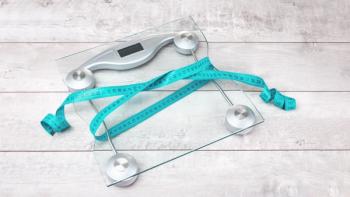
French Oak Extract May Boost Athletic Performance, Recovery
Study results shared by Horphag Research suggest its Robuvit oak-wood extract improves triathlon performance, endurance, and recovery in amateur athletes aged 30–40.
Horphag Research (Hoboken, NJ) recently shared study results on its Robuvit French oak-wood (Quercus robur) extract that suggest the ingredient may improve triathlon performance, endurance, and recovery in athletes aged 30–40. The announcement comes just a few months after Horphag Research
The 2015 study included 54 amateur athletes, half of whom consumed 300 mg of Robuvit daily for two weeks. Supplementation groups were not randomized, but instead based on participant choice following a preliminary briefing. The remaining 27 participants served as a control group that did not consume a placebo. Both groups followed the same training routine, while overall nutrition choice was “completely left to the participant,” the study authors explain.
Following two weeks of triathlon training and Robuvit supplementation in the experimental group, researchers found that the Robuvit group experienced greater improvements to swimming and biking time than the control group, as well as a greater decrease to average running time (12.32% decrease for the Robuvit versus 3.6% decrease for the control). Overall, total triathlon time improved by -10.56% in the Robuvit group, compared to -3.41% in the control group.
“The -10.56% shorter total triathlon time was considered as very good improvement, considering that for this type of athletes, being almost at the top of their form, it is difficult to improve even further without severe training,” researchers noted.
Recovery Improvements
Beyond the performance improvements, researchers also noted that several markers of recovery, including post-run muscular pain, cramps, straining, localized pain, and recovery time, “were all considered better” in the Robuvit group, based on subjective assessments completed by study participants. Plasma free radical (PFR) values taken one hour after the final run were also an average of 16.98% higher in the control group, which may indicate higher levels of oxidative stress in the control group than in the Robuvit group. Researchers used a photometric system to measure reactive oxygen metabolites with the d-ROMS test.
“The presence of post-exercise plasma free radicals is what has been associated with the delayed onset muscle fatigue that many individuals can experience after a triathlon, or even activity their body isn’t accustomed to,” says Frank Schoenlau, PhD, director of scientific communications at Horphag Research.
Fred Pescatore, MD, nutraceutical consultant for Horphag Research, explains that Robuvit “cuts down on the chemical processes that impede your top performance,” such as oxidative stress.
“For many, the muscle soreness that can linger days afterward is what keeps them out of their gym and off their routine,” Pescatore says. “Robuvit greatly reduces the length and severity of this, empowering you to keep training and keep pushing through.”
Read more:
Michael Crane
Associate Editor
Nutritional Outlook Magazine
References:
Vinciguerra MG et al., “Robuvit and endurance in triathalon: improvements in training performance, recovery and oxidative stress,” Minerva Cardioangiologica, vol. 63, no. 5 (October 2015): 403–409
Newsletter
From ingredient science to consumer trends, get the intel you need to stay competitive in the nutrition space—subscribe now to Nutritional Outlook.





